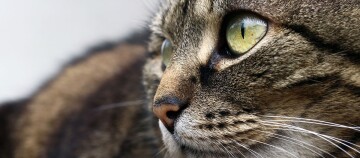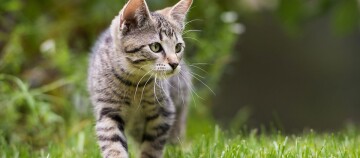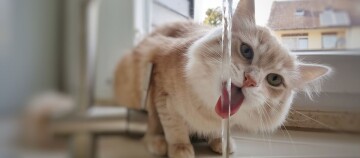What Your Cat Needs During Wintertime - Feeling Cosy and Warm
12.03.2025 - Reading time: 4 minutes
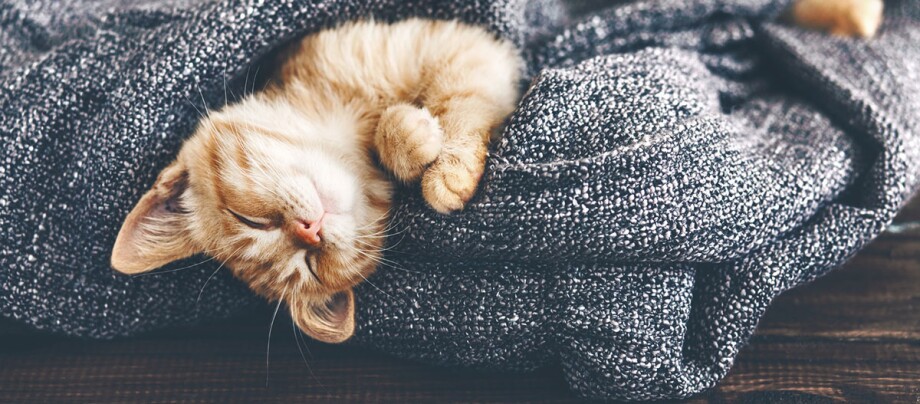
Snoozing, slumbering, purring - many cats like to relax during the winter. But regular playtime is important.
Why do cats sleep so much in winter?
Cats are experts at taking it easy. In the cold season, they take it to the extreme and may even sleep for up to 20 hours a day. There is a good reason for this: in cold weather, cats consume more calories and therefore regulate their energy and calorie balance through their behaviour. They are less active and sleep more. Your cat will appreciate a nice and cosy place to lie down especially in winter. But make sure your house cat gets regular exercise through play so that he doesn’t gain weight. If he lives in a well-heated house, he burns very little energy. He doesn’t have to keep as active to stay warm if he was outdoors.
The right cat sleeping area
In winter, you should offer your cat a warm, cosy place to sleep near a heat source. For indoor cats or fair-weather outdoor cats, a bed with a view on the window sill or a cuddly den on their cat tree close to the window is always a great idea. For narrow windowsills, padded lounger cushions increase the area pets can lie on and are securely fastened to the windowsill. Window and radiator hammocks are also a good option. Your cat should be able to easily switch between warm and cooler places at all times.
By the way: If your cat curls up like a fox, it is trying to store body heat. If it stretches out for a long time, it means it feels cosy and warm.
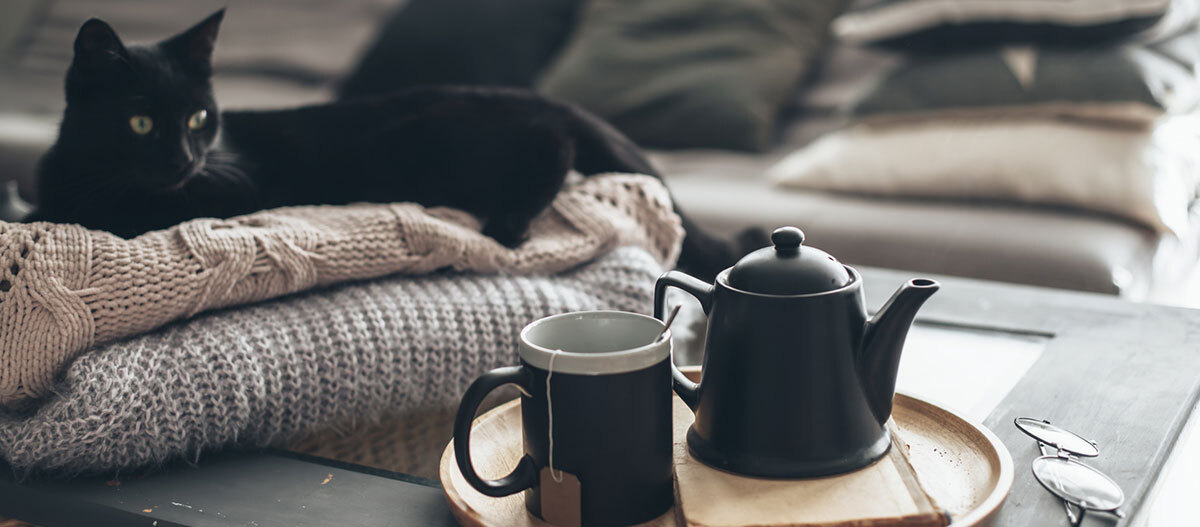
Keeping an eye on your cat's weight
We aim to keep our cats at a healthy weight. Body fat does help retain heat, but cats that are active outdoors in the cold require more calories than indoor cats. Assessing your cat’s activity level in snow and ice can be challenging, and many cats tend to sleep more and move less during the winter. That’s why it’s important to monitor your pet’s weight during the colder months. While a slight weight gain may naturally adjust in spring, being overweight in winter is also harmful. The team in your local Maxi Zoo store can provide you with useful nutritional advice for your house cat.
Coat Changes in Cats: Proper Care
As the days shorten and temperatures drop, your cat will trade its thin summer coat for a warm winter one. Daily brushing is essential, as it stimulates blood circulation in the muscles and skin, reduces the amount of hair swallowed during grooming, and prevents hairballs from forming in the stomach. Additionally, cat grass and anti-hairball snacks can help your cat easily regurgitate any ingested hair.

ChenPG / stock.adobe.com
Cat Toy Time
Encourage your cat to play for half an hour twice a day to keep them active and ensure they get enough exercise. There are two main types of play: ground hunters, who enjoy chasing and stalking moving objects, and air hunters, who love to climb and use their paws to catch things that might squeak. Discover which type of play your cat prefers and let the fun begin! Dangling toys, valerian or catnip toys, rustle tunnels, and paper-filled boxes are among the best toys. Incorporate scratching posts and climbing elements into the playtime routine.
Warning: Cats can get bored quickly! Rotate their toys by putting some away and reintroducing them after a few weeks. This keeps the toys exciting. Additionally, playtime is most effective right before feeding – let them chase, then eat.
Cats in the Snow
Healthy outdoor cats can enjoy playing outside, even in cold temperatures. Exploring their territory and playing in the snow can be fun for them. However, it’s crucial that your cat can return to a warm room whenever needed. Installing a cat flap is highly recommended. Alternatively, you can provide an insulated warming hut with a cozy, heat-insulated base that offers shelter from the wind and weather.
In icy conditions, young cats, sick animals, and pedigree cats that develop little or no undercoat should stay inside. They cannot tolerate the cold and risk catching a chill. They are also more prone to infections, including bladder infections.
